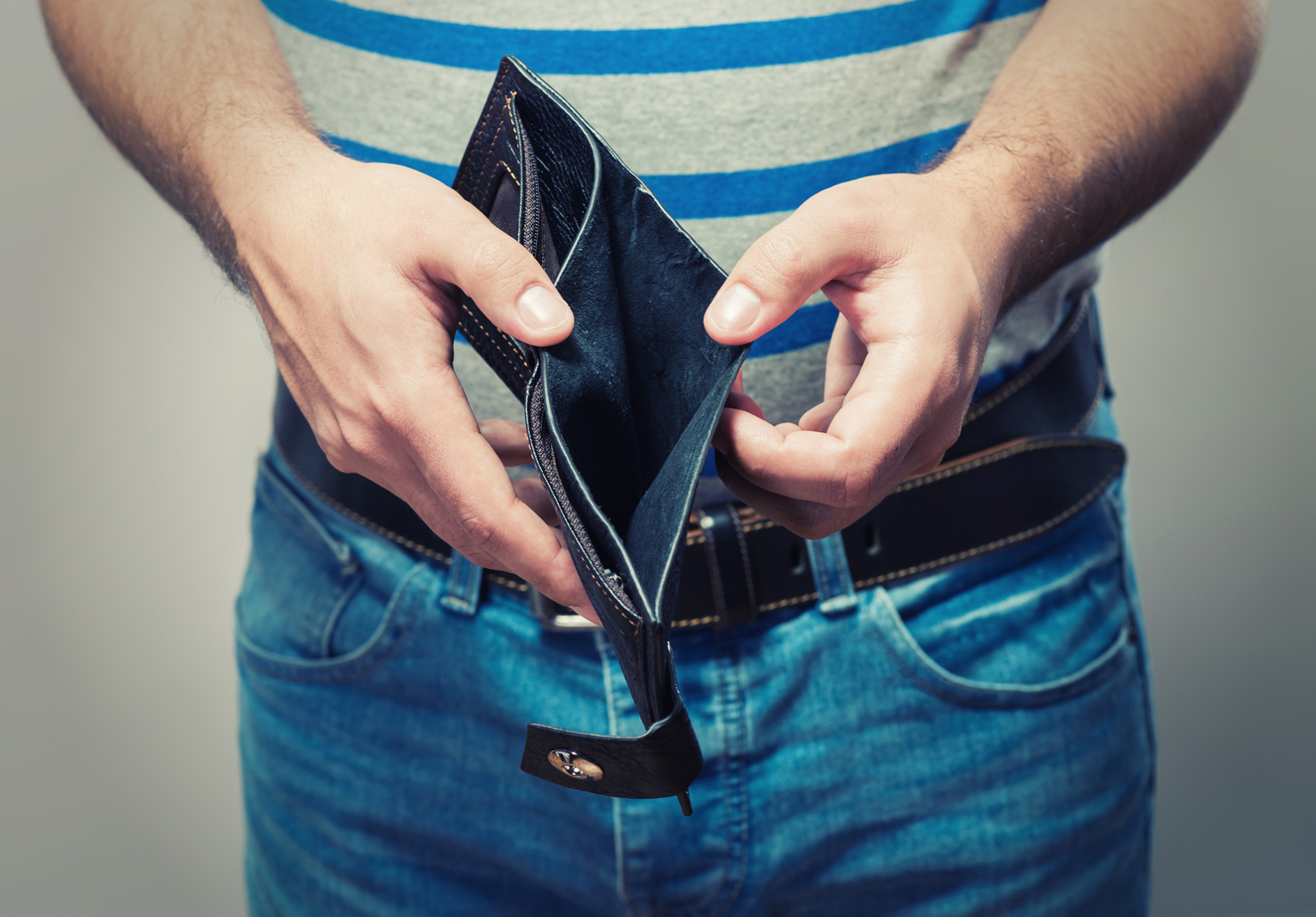Disclaimer: This website provides health information for educational purposes only and is not a substitute for professional medical advice, diagnosis, or treatment. Always seek the guidance of a qualified healthcare provider with any questions you may have.
People file for bankruptcy to get relief from their debts and start with a clean slate. While you can discharge most of your debts through bankruptcy, some debts will remain. These are the non-dischargeable debts.
Before filing for bankruptcy in Salt Lake City, you must know which of your current debts are dischargeable and which are not. Read on to learn how.
Dischargeable Debts
Your bankruptcy discharge can wipe out these debts. Once the court declares your bankruptcy, you no longer have any obligation to pay these debts. These include:
- Medical bills
- Credit card debt
- Utility bills
- Personal loans
The type of treatment of dischargeable debts will depend on the type of bankruptcy you are filing for.
- Chapter 7 – Most bankruptcies under this chapter cover unsecured debts. This means the trustee has nothing to liquidate and repay creditors with. Often, creditors receive nothing from the dischargeable debts.
- Chapter 13 – Under Chapter 13, dischargeable debts are often treated as non-priority. They get paid depending on your repayment plan, based on your assets, expenses, and income. Once your payment plan is over, you may forget the remaining unsecured claims.
Non-dischargeable Debts
The law considers certain obligations as too important to ignore in bankruptcy cases. These debts remain even after bankruptcy. You must repay them even if your creditors take no action. These include:
- Alimony and child support
- Criminal penalties, fines, and restitution
- Student loans
- Tax obligations
The type of bankruptcy you are filing for will determine the treatment of non-dischargeable debts.
- Chapter 7 – Non-dischargeable debts survive Chapter 7 bankruptcy. In fact, you have to settle them first.
- Chapter 13 – Non-dischargeable debts form part of your payment plan in full amount. You must pay them first before getting your discharge.
When filing for bankruptcy under either Chapter 7 or 13, make sure you identify both your dischargeable and non-dischargeable debts. This will help make the entire process easier.




